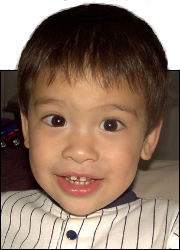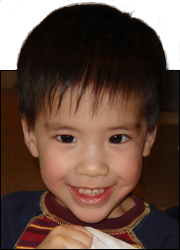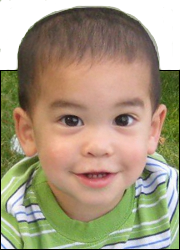What is it about the Disney formula that requires an orphan and a princess with a father and no mother?
It’s been a little while since I wrote anything about Disney’s Frozen, so here are some thoughts about that movie.
Why is Frozen better than Disney’s other movies?
This is best answered by going into how it is different from their other movies. It deviates somewhat from their standard formula.
How?
By having meaningful relationships. In particular, family. More specifically, sisters.
Try to remember all the other popular Disney movies, and think of what family relationships there were:
Note: “practical orphan” means he might have parents or siblings, but we never see them or hear anything about them. We can’t tell if he’s an orphan or not.
Beauty and the Beast
– Belle: no siblings, single father
– Beast: practical orphan
Aladdin
– Jasmine: no siblings, single father
– Aladdin: orphan
Little Mermaid
– Ariel: sisters exist but aren’t a part of the story, single father
– Prince Erik: practical orphan
Tangled
– Rapunzel: no siblings, single mother*
– Flynn: orphan
Snow White
– Snow White: single step-mother
– Prince: practical orphan
Sleeping Beauty
– Aurora: father and mother
– Prince Phillip: not an orphan
how’d this one make through the screening process?
Cinderella
– Cinderella: step-family, bad relationships
– Prince Charming: not an orphan
Mulan
– Mulan: father and mother
– Li Shang: practical orphan
Pocahontas
– Pocahontas: single father, no siblings
– John Smith: practical orphan
Princess and the Frog
– Tiana: single mother, no siblings. But she has a good friend.
– Prince Naveen: has parents but effectively orphaned, at least financially.
Frozen
– Kristoff: orphan, following the usual formula
but…
– Anna: two parents (until the tragedy) and a sister who is part of her life and part of the story.
What’s the point of this blog post? Good question. Probably that, although the princess-meets-orphan storyline is dependable, that doesn’t mean that other storylines aren’t good too. Other family dynamics, such as the relationship between sisters, can be even more powerful because the audience can actually relate.
* plus her real parents are part of the story, which makes gives it more emotion. Try to think how intriguing the story would have been without the tension of reuniting them.
Learn to do good; Seek justice, Reprove the ruthless, Defend the orphan, Plead for the widow.
Isaiah 1:17

 This is Alpha, the first-born, when he was 2YO.
This is Alpha, the first-born, when he was 2YO. This is Beta, the second-born, when he was about 2YO.
This is Beta, the second-born, when he was about 2YO. This is Gamma, the third-born, when he was about 18MO.
This is Gamma, the third-born, when he was about 18MO.







